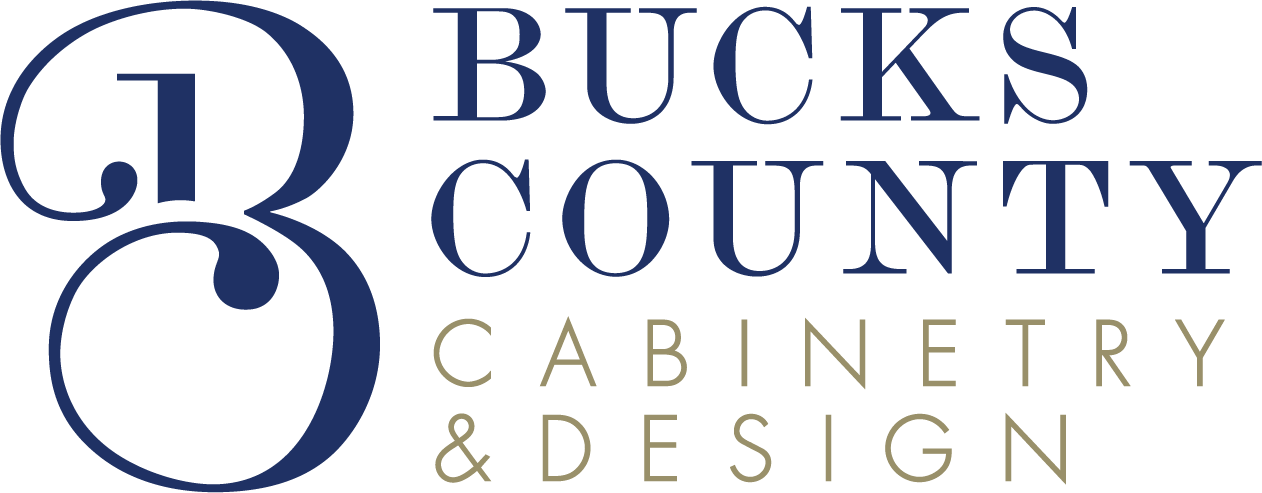In many of our previous blogs, we have showcased our gallery of projects, allowing you to witness firsthand the architectural millwork tools that Bucks County Cabinetry expertly works with, transforming client-driven visions into high-end custom products such as cabinetry, kitchen islands, walk-in closets, trey ceilings, and wainscoting, all designed to exceed your expectations. Yes, the expert craftsmen at Bucks County Cabinetry and Design in Doylestown, PA are experts at what they do; equally important, they strive daily to exceed the expectations of our valued clients. Continue reading the blog to immerse yourself in the world of design and learn all about the architectural millwork tools we use.
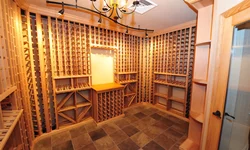
Millwork Projects
So, how do they do it? How can various pieces of wood be transformed into incredible millwork products, such as the stunning wine cellar displayed here, that our clients enjoy so much?
In addition to the years of training and experience that results in the well-deserved designation of “master craftsman,” the tools of the millwork trade are a critical component of their ultimate success.
In this blog, we will explore several of the tools that are used within the architectural millwork process, and for what specific purposes. Let’s get started!
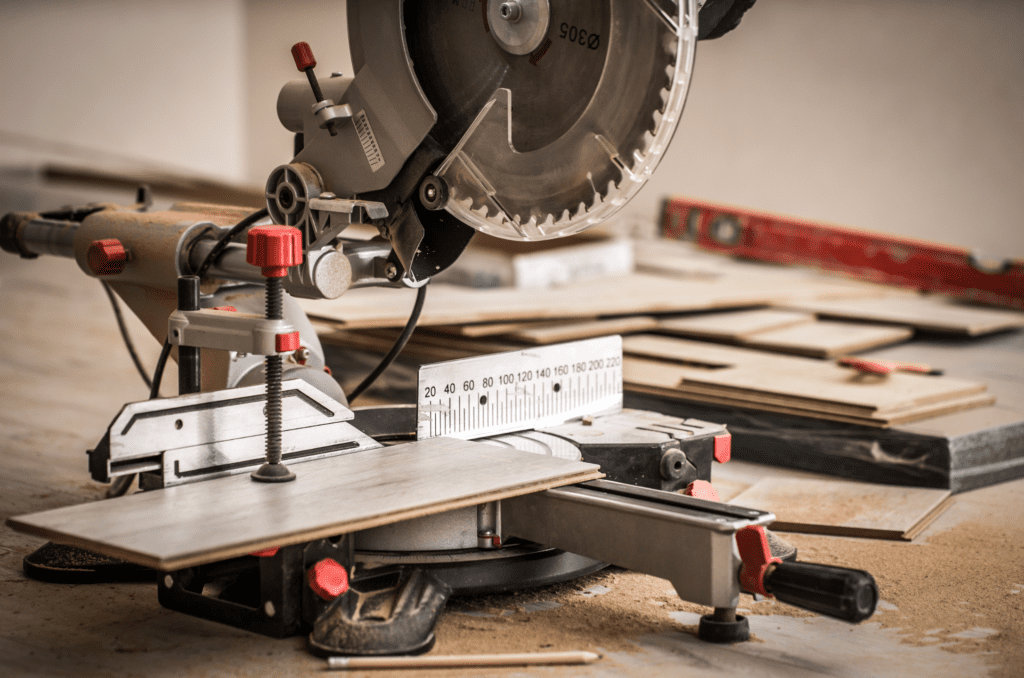
Miter Saw
Used for cutting molding, trim, and other angled or beveled cuts, the miter saw is an indispensable tool. It allows our team to make crosscuts and miter cuts (*) with the preciseness required in the high-quality and specialized millwork process.
A “miter cut” simply means that the user is changing the angle of the crosscut from a perfect 90° to a different angle.
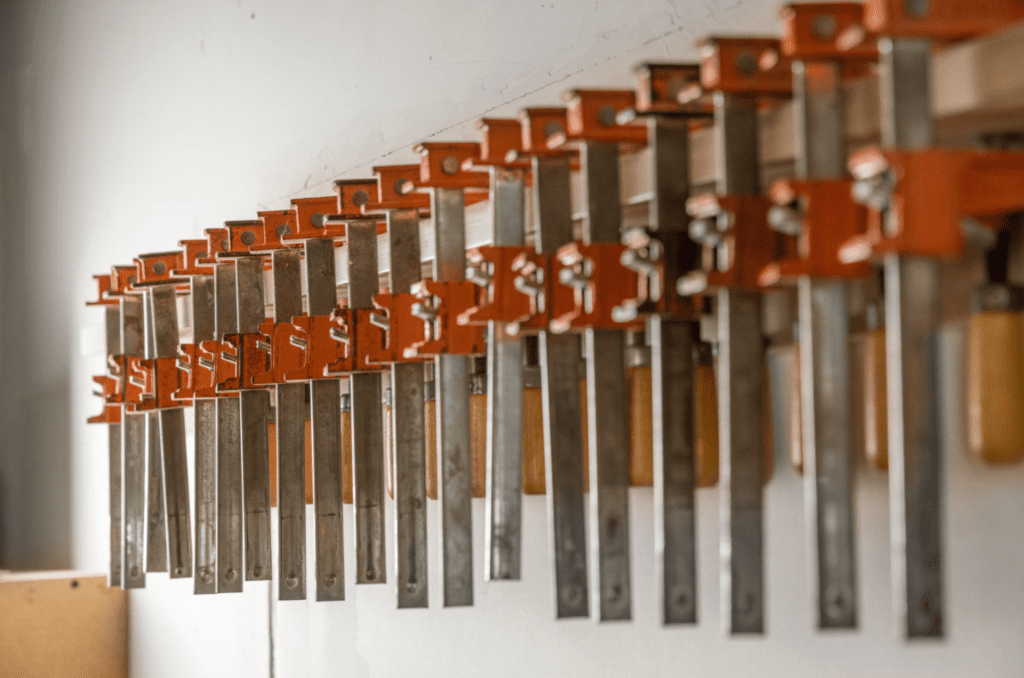
Clamps and Glue
An indispensable tool used in the architectural millwork trade is the clamp. Clamps hold pieces of wood together after glue has been applied. This ensures that joints are tight and secure until the glue has dried and permanently bonded the wood together. There are many types and sizes of clamps, with selection determined by the specific project’s need. Oftentimes, multiple clamps are required to hold larger pieces of wood together.
In this photo, you will find a variety of clamps we keep in our design studio. Typically, the combination of wood glue and bar clamps are utilized to join multiple pieces of oak together. Once the glue has dried, the now joined piece of wood will be smoothed and modified into its ultimate use.
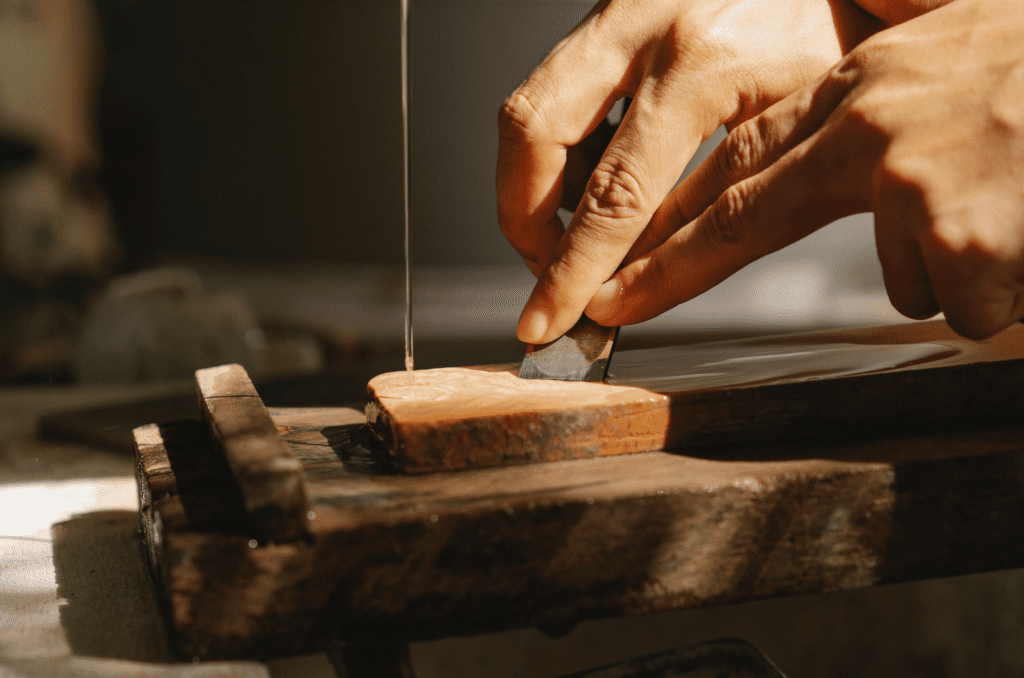
Chisels
The most beautiful designs we create are the result of using various sized chisels which enable precise cutting, shaping, and carving of wood.
The unique combination of skills and tools create elegant designs.
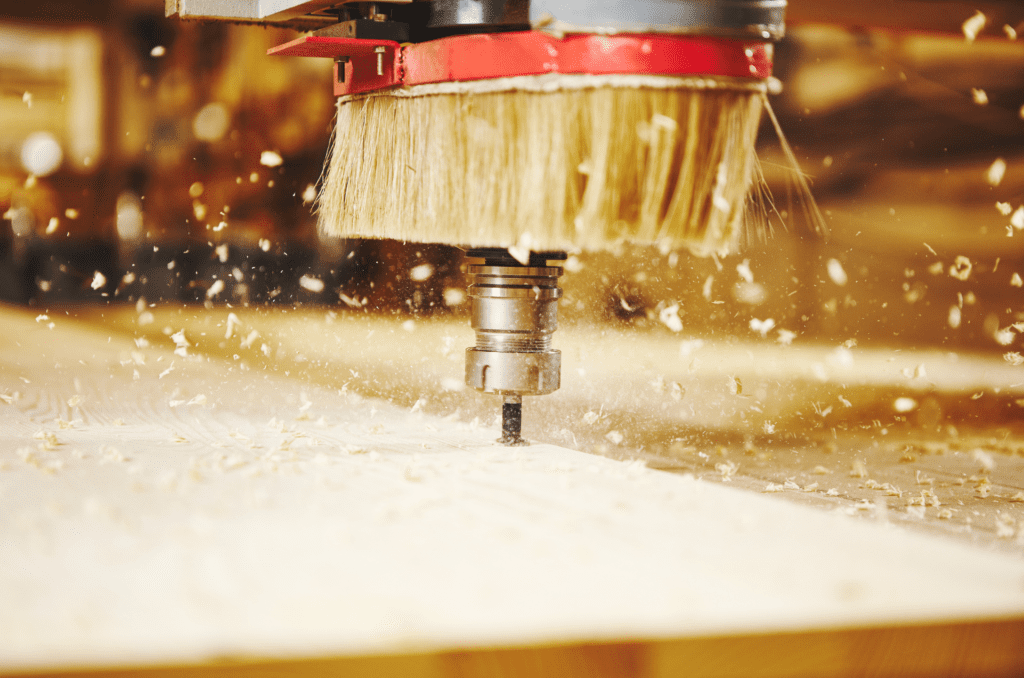
Router
A router is a shaping tool. Routers enable the creation of decorative edges, cut grooves, and carved out intricate designs.
Equally important, routers come in several types, such as: handheld routers and router tables.
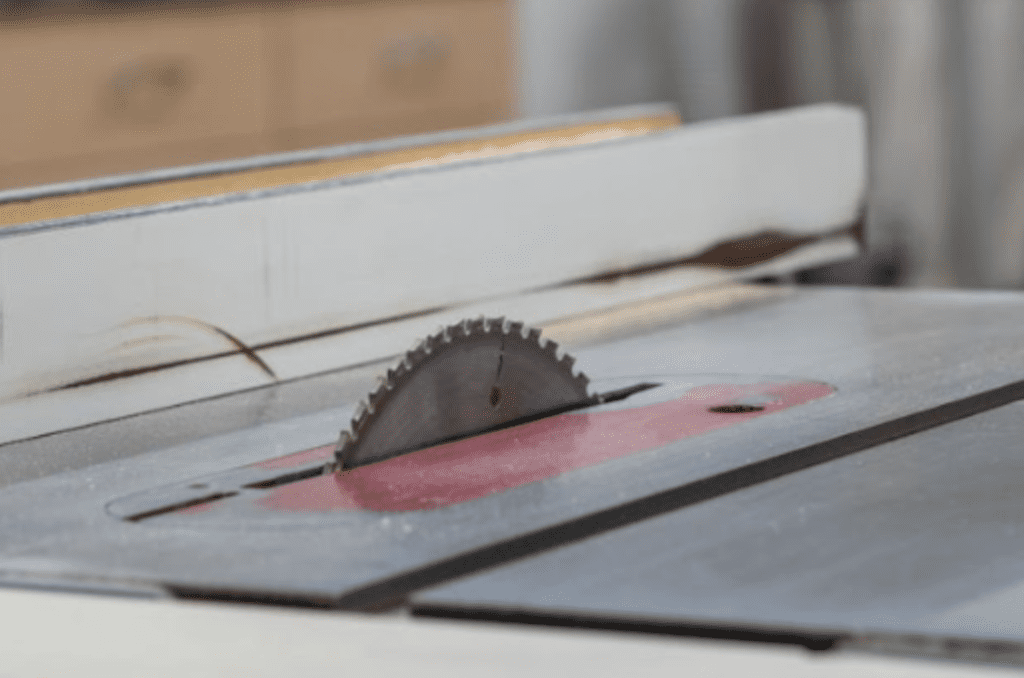
Table Saw
Table saws are perhaps the most common tool used within the architectural millwork process.
In fact, this very table saw is located right in our design studio as well. Powered by electricity, the circular blade cuts large pieces of wood with precision so that the cut pieces can be further modified into their final purpose.
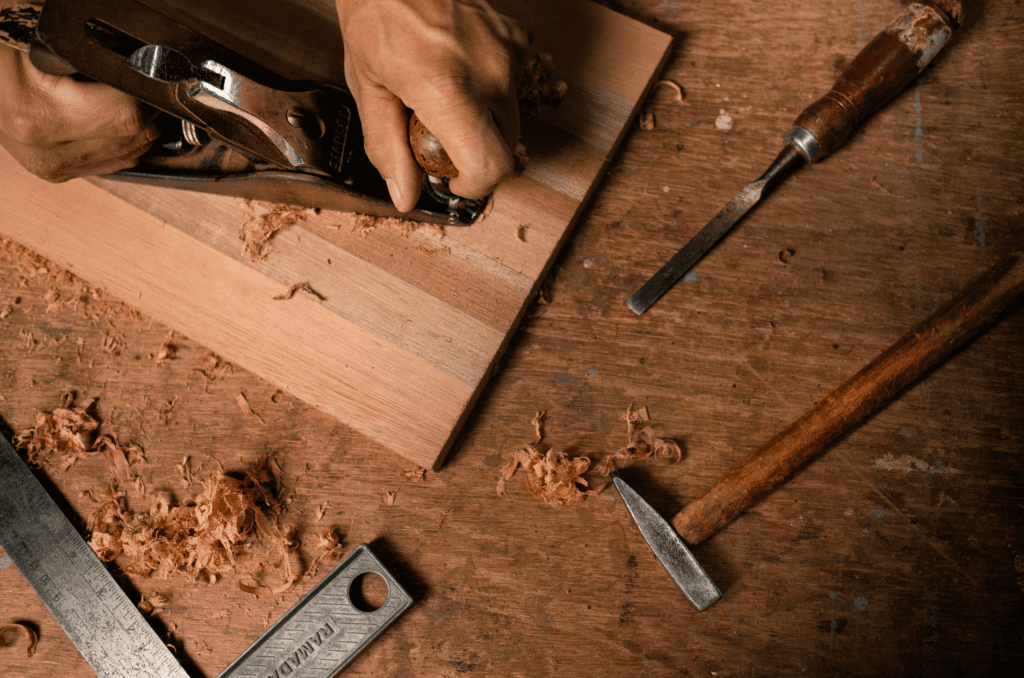
Planer
Moreover, another key tool we use is the planer. This tool is used to flatten and smooth rough lumber and to ensure consistent thickness.
Planers can be either large machines or smaller, handheld tools. Usually, they are used to prepare the wood for subsequent steps in the architectural millwork process.
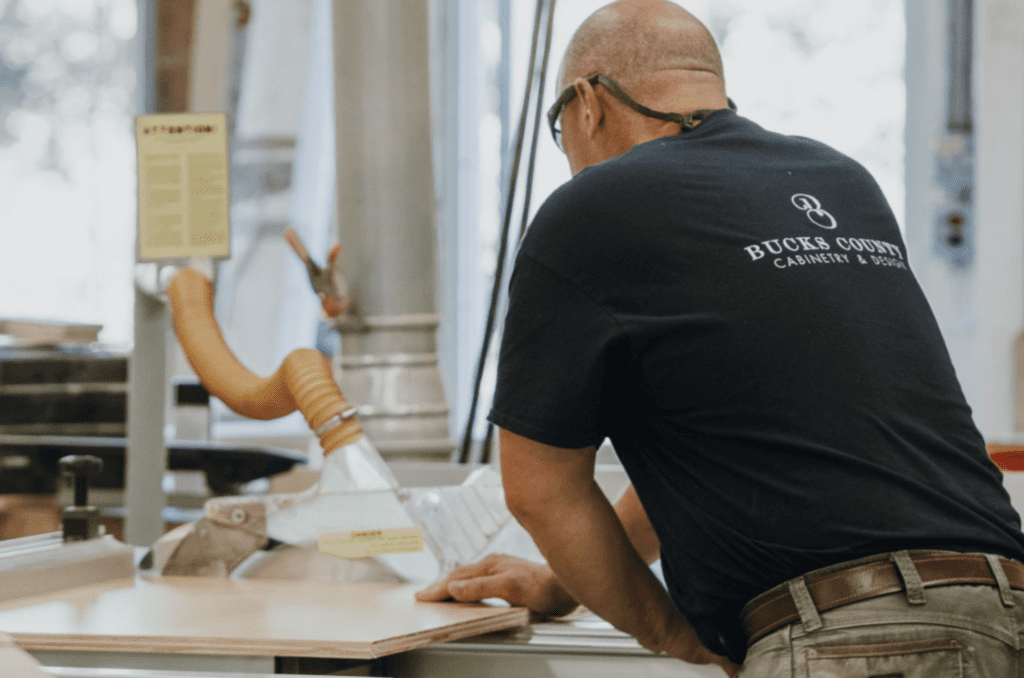
Sanders
The fine, smooth finish that can be seen (and felt) in completed millwork projects is a byproduct of various sanding processes.
Although sanding can be executed manually with a simple block of wood and a piece of sandpaper, electric sanders – both in the form of machines and handheld units – are key tools in the architectural millwork field. Here’s an example of our team member in action with one to the left!
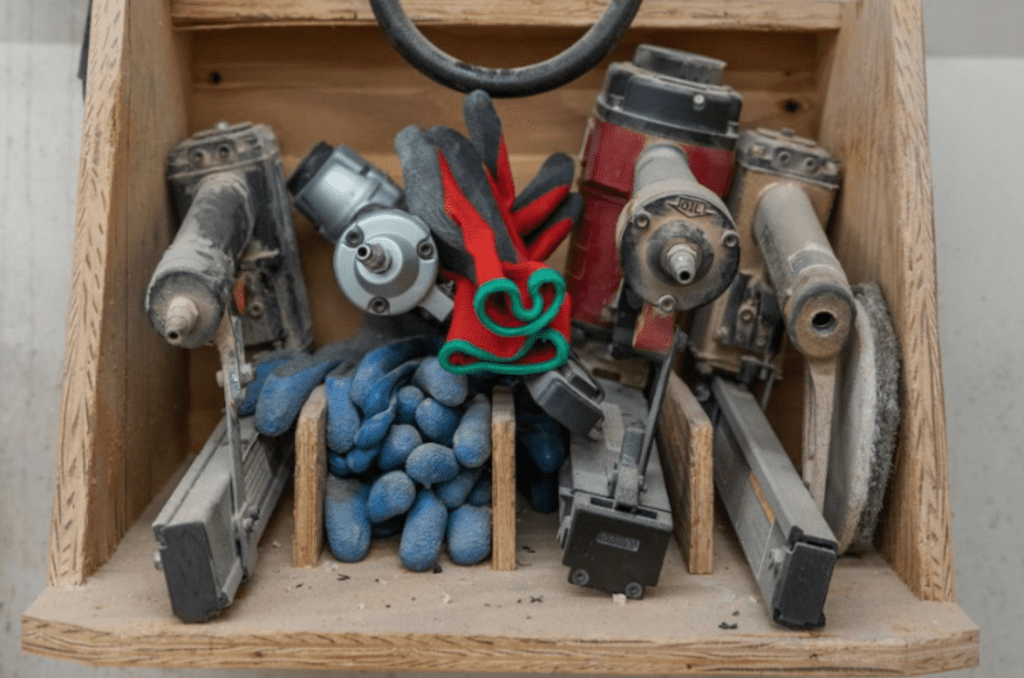
Various (and important!) Hand Tools
Although too numerous to delineate in this blog, suffice it to say that there are an inordinate number of hand tools that master craftsmen in the architectural millwork field utilize on a daily basis.
Hand saws, levels, mauls, hammers, spokeshave, squares, and files to name just a few.
This blog highlighted some of the important and more commonly used tools in the architectural millwork process. Our goal was not to be comprehensive (there are many more tools that could have been included), but, rather, to provide some high-level knowledge to our readers.
If we have piqued your interest, we would enjoy providing you with a tour of our modern and first-rate facility in Doylestown, PA. so that you can see our tools and our master craftsmen in action. Contact us to schedule a time to visit!
